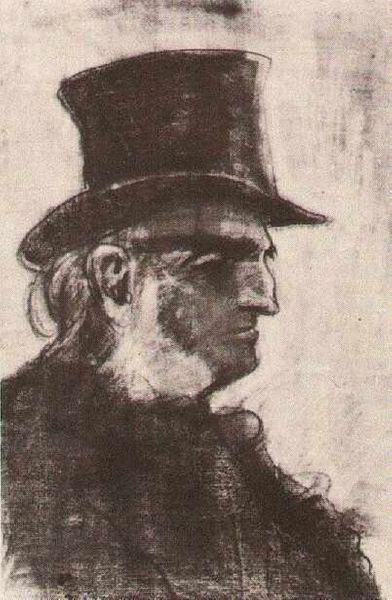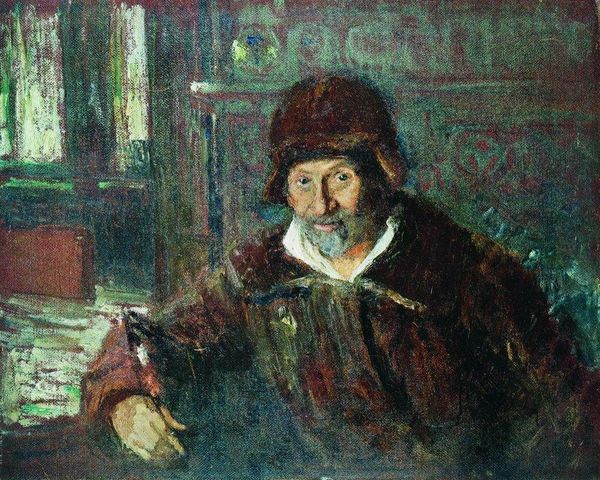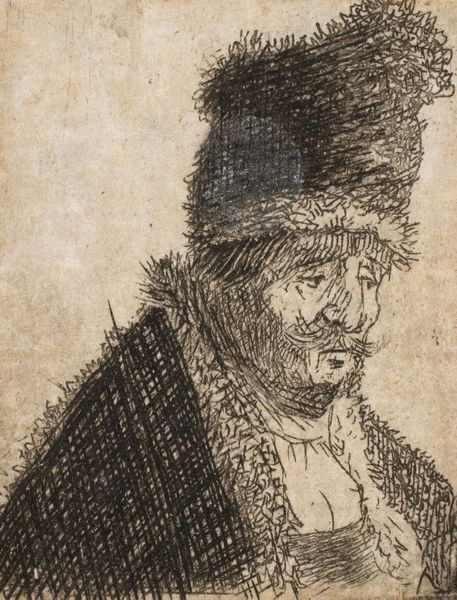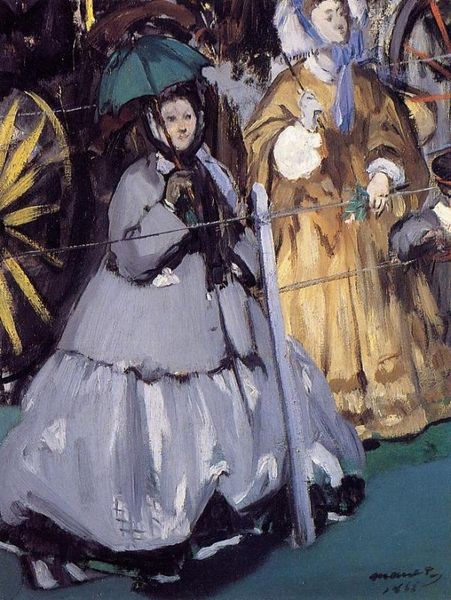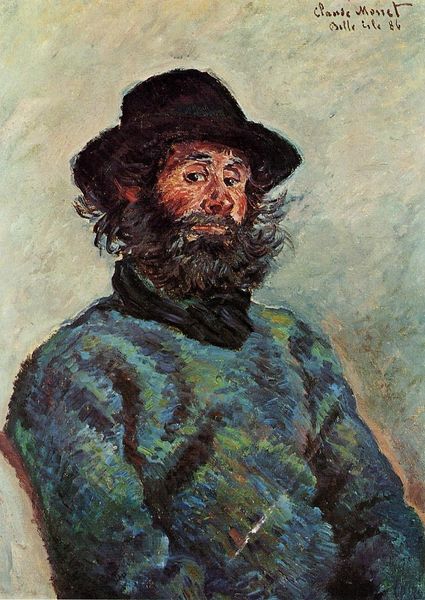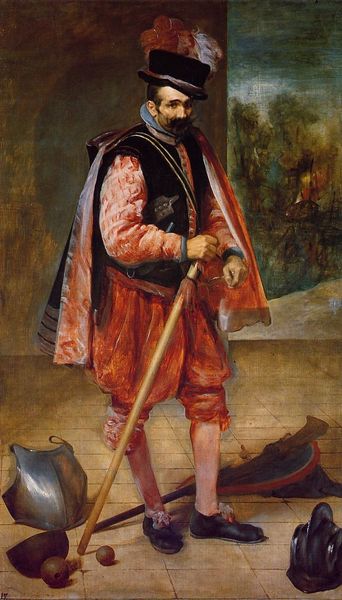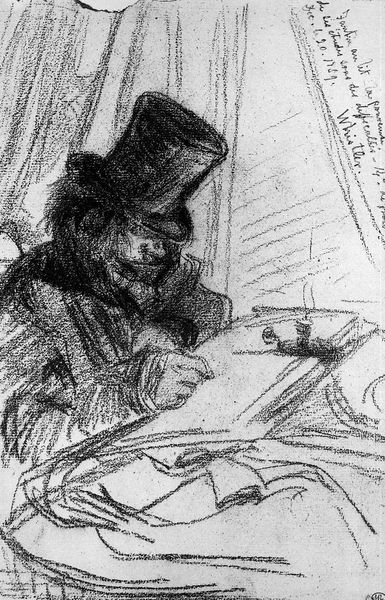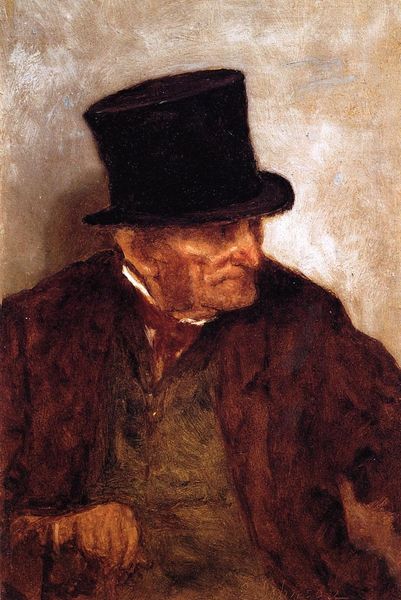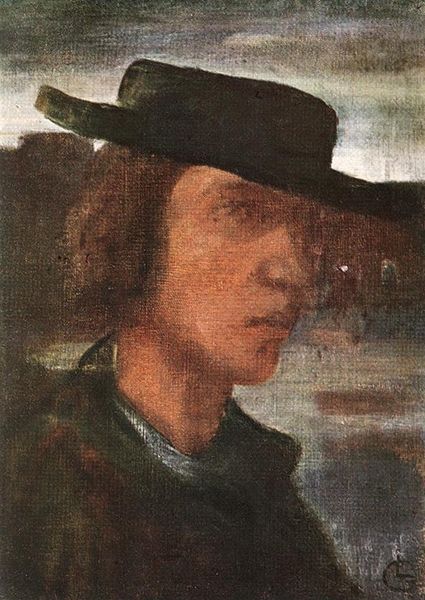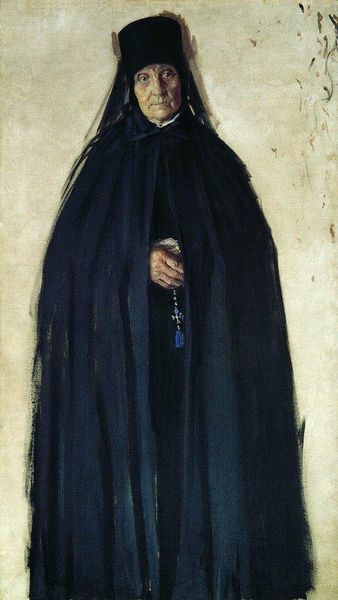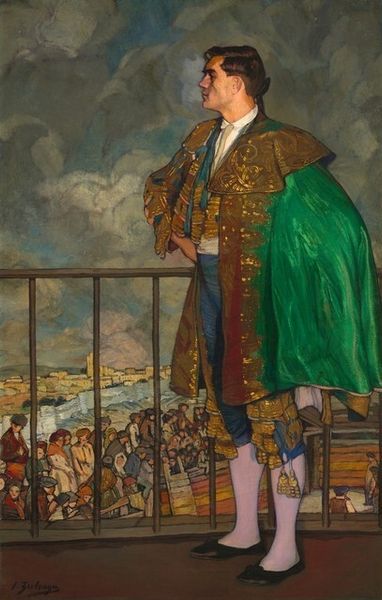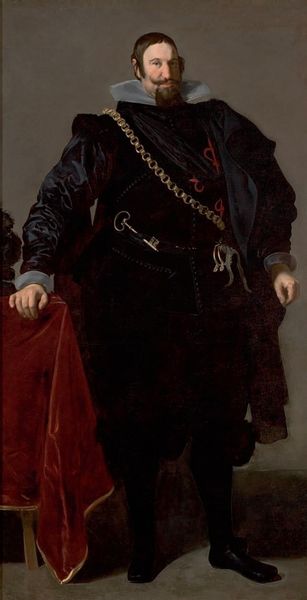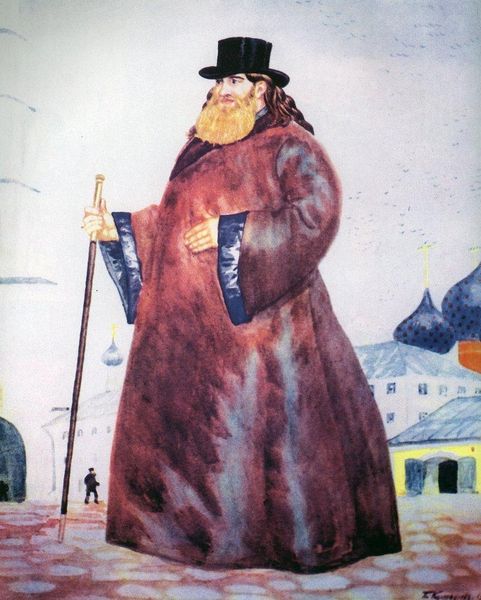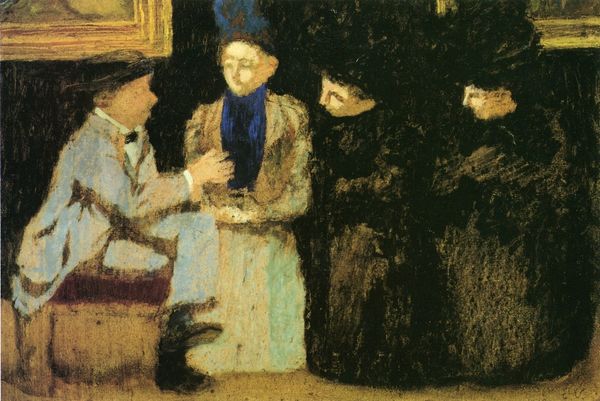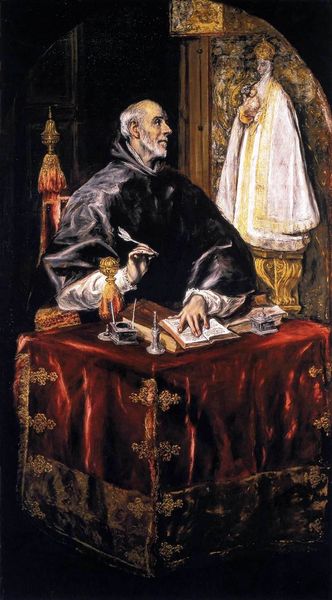
#
portrait
#
acrylic
#
abstract painting
#
possibly oil pastel
#
oil painting
#
famous-people
#
neo expressionist
#
male-portraits
#
acrylic on canvas
#
painting painterly
#
portrait art
#
fine art portrait
#
digital portrait
Dimensions: 26.9 x 19.7 cm
Copyright: Public domain
Curator: Standing before us is Boris Kustodiev's 1915 "Portrait of Alexander Pushkin on the Neva Embankment," currently residing at the Pushkin Museum in Moscow. Editor: It's striking how melancholic it feels. The deep blues and muted tones, even the swirling brushstrokes, seem to suggest a pensive mood. The grandness of the backdrop juxtaposes with an inner world. Curator: Indeed. Kustodiev created this well after Pushkin's death, during a period of immense upheaval in Russia. We need to recall that 1915 was the height of World War I. This contextual background certainly adds to this feeling you describe. Editor: Absolutely, considering Russia's involvement in the war, it reads as an elegy, maybe to the era Pushkin represented? I wonder what statement he's making through Pushkin. Was Kustodiev longing for a time when Russia was a world influencer in Arts, with no wars? Curator: The symbolism resonates within Russia's evolving political landscape, as a moment of idealized Russian culture, and it's intriguing how Kustodiev casts Pushkin—a figure of great national importance—amidst the backdrop of social and political disruption, perhaps reflecting on the weight of Russian identity and its struggle. He actually spent much of the later part of his life in a wheelchair, because he was very sick. So this may have led to nostalgic considerations. Editor: The painting raises so many questions about nationhood and artistic identity. Pushkin wasn't just a writer; he was also of African descent, which, within the narrative of Russian national identity, adds a unique angle when talking about identity. It almost speaks to his exclusion from such national identity. Curator: And the deliberate painterly style, almost unfinished in places, is really powerful as it mirrors the sense of incompleteness that might also relate to those social identities. Editor: Thinking about it through today's socio-political lens is quite intriguing, right? This picture speaks a lot about Russian culture. It’s really nice to analyze the picture considering our historical landscape. Curator: Agreed. Reflecting on this work really brings up some important questions, even to this day.
Comments
No comments
Be the first to comment and join the conversation on the ultimate creative platform.
